These monks 'RIP OFF' own flesh before burial on in grisly ritual (photos)
- Researchers have excavated 123 individuals from four cemeteries.
- Many of the skeletons had signs of defleshing
- The cut marks are thought to have been made during a ceremony
- The people buried lived around 1,000 years ago
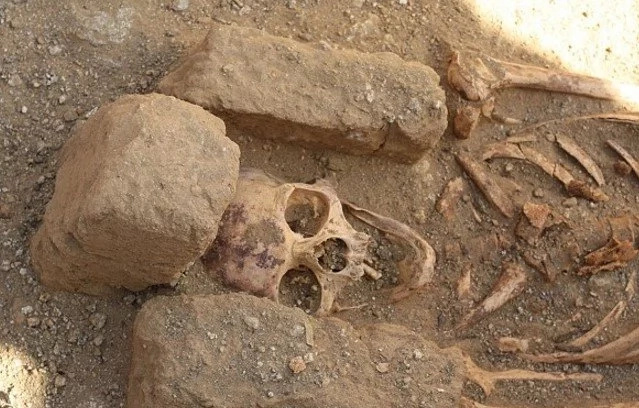
Robert
Stark who led the study said during a presentation of his findings that
it was possible that the cut marks were made during a form of
defleshing ceremony.
Researchers
from McMaster University in Hamilton have excavated 123 individuals from
four cemeteries near the remains of a medieval Christian monastery in
Sudan, near the River Nile and found that many of the skeletons had
signs of 'defleshing'.
Although
the reason for this remains a mystery, marks on the skeletons' bones
suggest that their flesh was removed shortly after death.
One of the cemeteries was found to consist solely of adult males, and was probably used by the monks from the monastery.
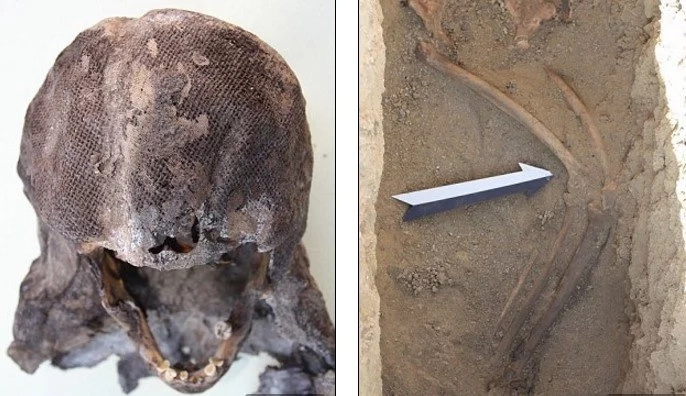
The people buried lived around 1,000 years ago
Other
two cemeteries contained a wider mix of individuals, while the fourth
contained only 15 burials – many with unusual features.
One burial contained a mix of bones with cut marks from two individuals, made shortly after their death.
Robert Stark who led the study
said during a presentation of his findings that it was possible that the
cut marks were made during a form of defleshing ceremony.
Artur Obluski, director of the excavations at al-Ghazali, said the writing on tombstones can be divided into two parts.
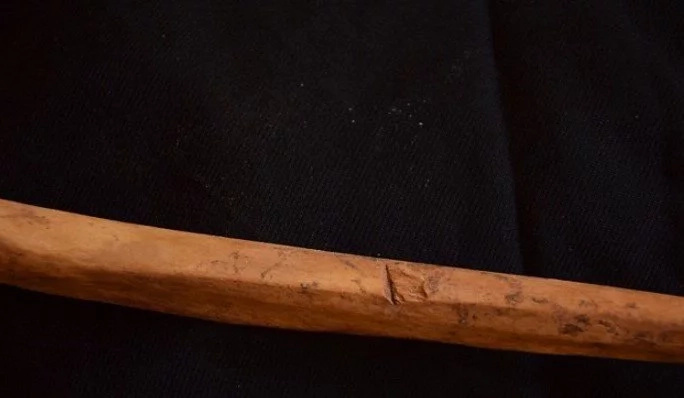
Marks on the skeletons' bones suggest that their flesh was removed shortly after death.
The first part consisted of prayers, which included “a prayer for the soul of the deceased, a prayer to the Providence of God, the God himself often described as merciful.”
These
prayers ask 'that the soul will be taken care of and can rest on the
bosom of Abraham, Isaac and Jacobor in the world of the Living.'
The second part of the tombstone
engravings contained some individual information of the deceased: his
name, age at the time of death, sometimes titles he bore during his life
time - so-called cursus honorum - and professions he performed.
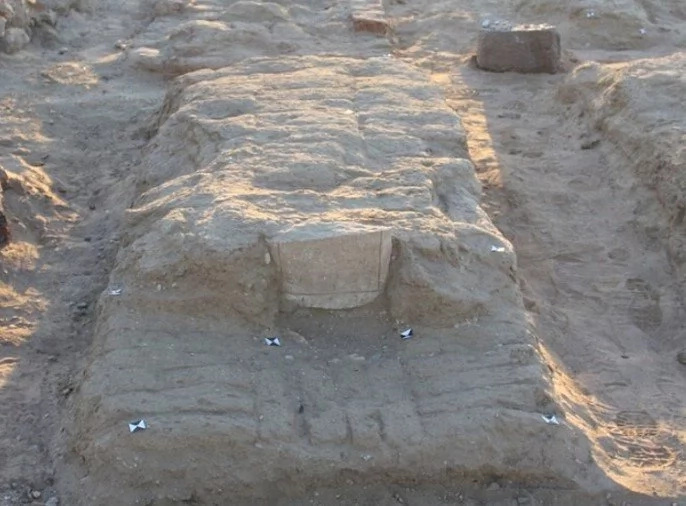
The people buried in the cemeteries lived around 1,000 years ago, during a time when Christian kingdoms flourished in the area.
Various
other people buried in the cemetery were found in strange positions,
such as one person whose legs were at a 45-degree angle, with their arms
across his or her head.
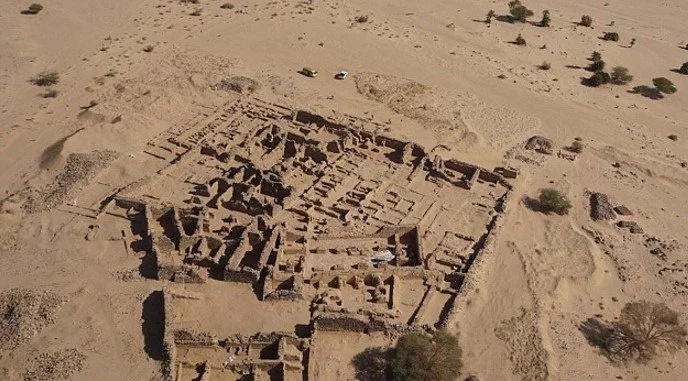
Other notable findings were stone structures that were found in all four cemeteries, engraved with Greek writings.





No comments:
Post a Comment